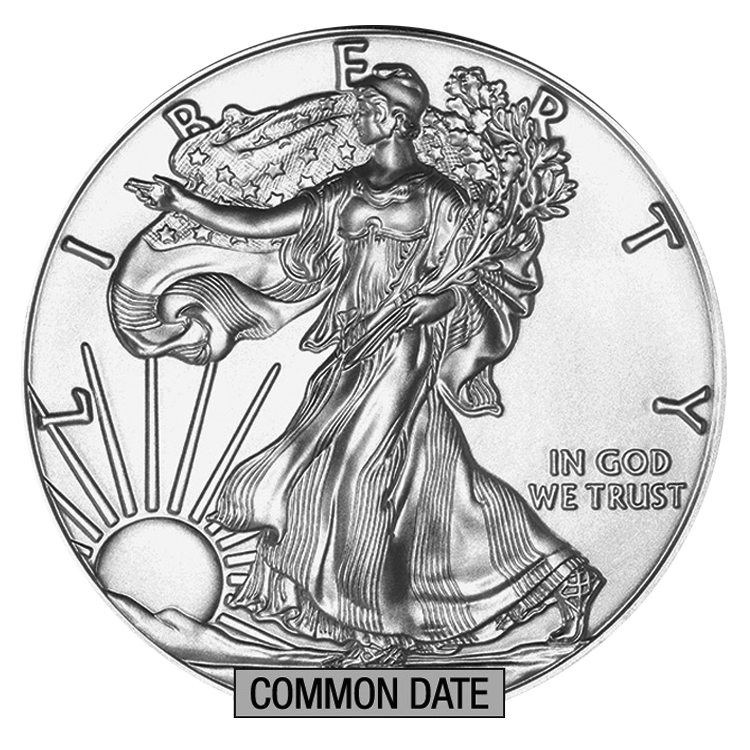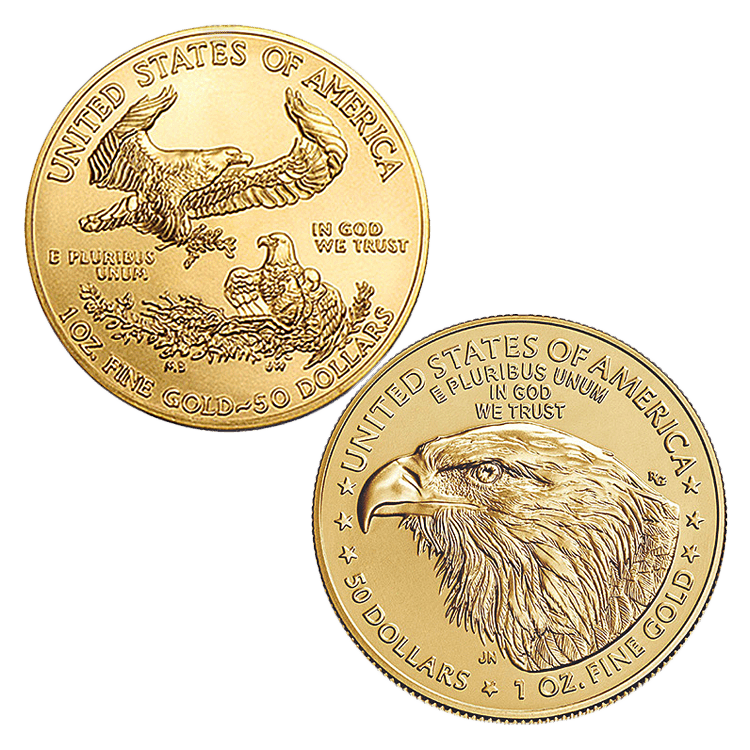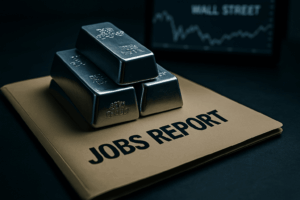A shockwave just tore through the gold market. The United States has imposed a 39% import tariff on Swiss-refined 1 kg and 100-ounce gold bars — a move that blindsided traders, rattled refineries, and sent COMEX gold futures surging to record highs above $3,500/oz.
On the latest episode of The Gold Silver Show, Mike Maloney and Alan Hibbard break down why this unprecedented policy decision could disrupt not just bullion flows, but the entire global financial system.
“This is the type of stuff that can cause another global financial crisis,” warns Maloney. “Those without gold or silver could get hurt badly — and those holding them could benefit tremendously.”
The CBP Ruling That Sparked Market Panic
The chaos began when U.S. Customs and Border Protection (CBP) clarified that two of the most common bullion formats — the 1 kilogram bar and 100-ounce bar — would now be subject to a 39% import levy if refined in Switzerland.
Why does that matter?
- 1 kg bars are the most actively traded form on COMEX, making this a direct hit to futures market liquidity.
- Switzerland is the world’s refining powerhouse, responsible for nearly half of U.S. gold imports over the past two years.
Initially, the market wasn’t sure if the tariff would apply to these specific products. Once CBP confirmed it, gold futures spiked vertically.
COMEX Gold Futures Rocket to Record Highs
The reaction was instant.
- December COMEX gold futures hit $3,534.10/oz, an all-time high.
- Over the past 12 months, gold is up 43%, more than double the S&P 500’s return.
This wasn’t just a normal rally. The futures-spot price spread widened to over $100/oz — a divergence almost never seen in modern markets. This signals severe dislocation in trading infrastructure and bullion availability.
Why Switzerland’s Gold Matters
While Switzerland doesn’t mine gold, it refines and recasts much of the world’s supply. It also processes “dore bars” — semi-pure gold from mining countries — into the investment-grade bullion that global markets demand.
Over the past 25 months:
- 46% of U.S. gold imports came from Switzerland.
- During peak months (like January 2025), that figure surged to 59%.
The tariff now risks cutting off a critical artery of the U.S. bullion supply chain.
Ripple Effects Across Global Finance
Mike and Alan highlight how this policy shock cascades far beyond gold delivery:
- Futures Market Stress – Short positions in Exchange for Physical (EFP) contracts could be forced to close, raising funding costs.
- Shadow Banking Impact – Tariffs disrupt gold’s role as Tier 1 collateral, potentially dehypothecating leverage across the banking system.
- Settlement Risks – With COMEX delivery strained, traders may shift toward London-based settlement or alternative supply routes.
- Refinery Margin Crisis – Swiss refineries operate on razor-thin profits (~0.5%). They can’t absorb a 39% tariff, meaning costs pass directly to buyers — or trade halts entirely.
Historical Parallels: Smoot-Hawley 2.0?
Maloney draws a chilling comparison to the Smoot-Hawley Tariff Act of 1930, which helped turn a recession into the Great Depression.
The danger here? The global economy is already fragile, burdened by what Mike calls “the everything bubble” — debt, equities, real estate, and commodities all priced at historically high multiples.
Throwing unpredictable trade barriers into this mix could be the “final straw” that tips a leveraged system into collapse.
Could This Be Reversed?
Ironically, the White House may already be backpedaling. Reports suggest a new executive order could soon “clarify” the tariffs on gold bars. If reversed, the rally could unwind just as quickly — but the trust damage to the market is done.
Alan’s take:
“You can’t revalue gold — all you can do is devalue your own currency. This move shows just how quickly policy can disrupt the monetary system.”
The Bottom Line: Gold’s Role Just Got Stronger
Whether the tariff sticks or not, this event underscores why physical gold ownership is critical. Paper promises can evaporate under policy shifts. Physical metals in your possession remain outside the reach of executive orders and tariff codes.
Key Takeaways:
- U.S. tariff policy can shift overnight, with global consequences.
- Gold’s role as a safe-haven and monetary anchor is strengthened in times of policy chaos.
- Those holding gold and silver are positioned to weather — and even benefit from — market shocks.
Get Gold & Silver Insights Direct to Your Inbox
Join thousands of smart investors who receive expert analysis, market updates, and exclusive deals every week.












